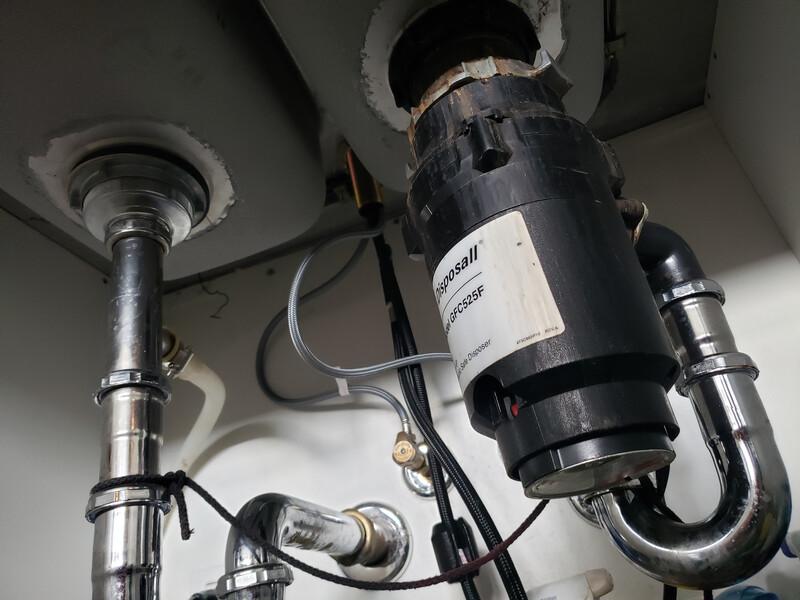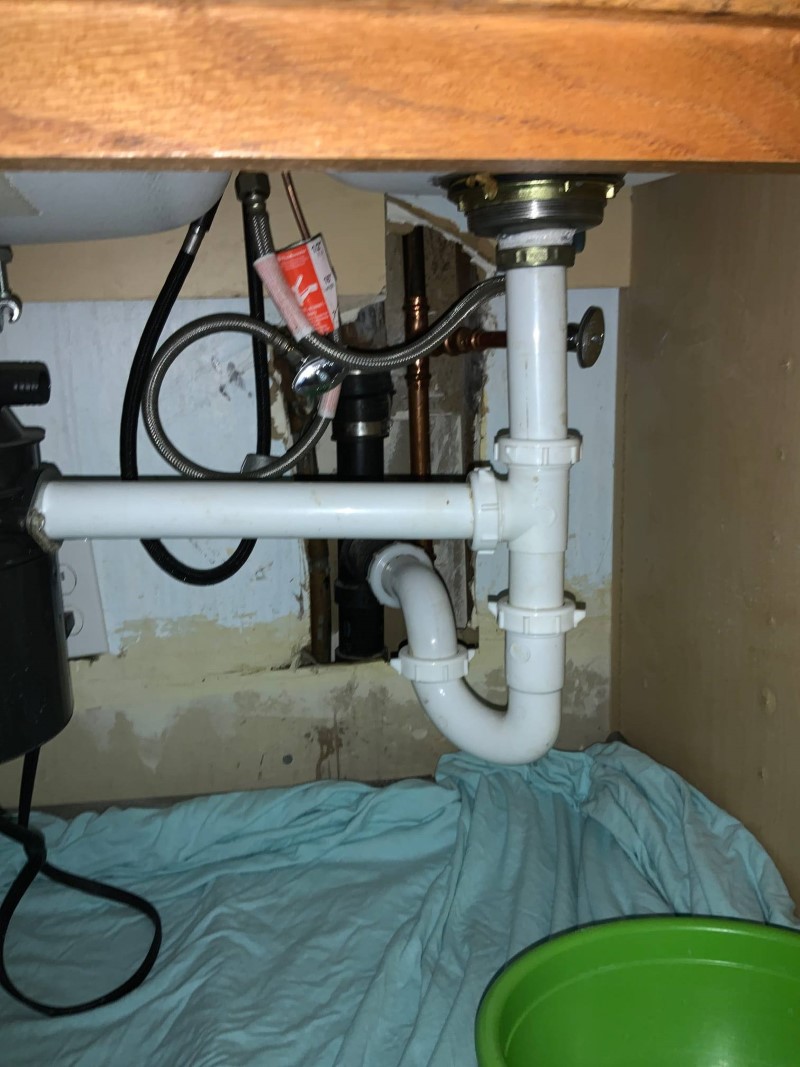Useful Methods for Fixing a Dripping Garbage Disposal
Useful Methods for Fixing a Dripping Garbage Disposal
Blog Article
The author is making a number of great points regarding The Handy Guide To Fixing Your Garbage Disposal Leaking as a whole in the article on the next paragraphs.

Garbage disposals are essential cooking area devices that aid in disposing of food waste effectively. Nonetheless, a leaking garbage disposal can be a discouraging and unpleasant issue to take care of. The good news is, several leakages can be fixed conveniently with a few straightforward actions. In this article, we will review just how to fix a dripping garbage disposal effectively.
Intro
Waste disposal unit are installed under kitchen sinks and are created to shred food waste into smaller pieces, enabling it to pass through the pipes system easily. While these devices are generally trusted, leakages can happen with time because of damage, loose links, or damage to the system.
Common Reasons For Leakages in Trash Disposals
Worn Seals and Gaskets
Seals and gaskets play a critical role in avoiding water from dripping out of the garbage disposal. With time, these elements can deteriorate, causing leaks around the disposal device.
Loose Links
The connections in between the waste disposal unit and the plumbing system can become loosened with time, triggering water to leak out during procedure.
Splits or Holes in the Disposal System
Physical damage to the waste disposal unit, such as splits or holes in the real estate, can also lead to leakages.
Determining the Source of the Leakage
Prior to attempting to repair a dripping garbage disposal, it is vital to identify the source of the leak. This can normally be done with visual assessment or by carrying out basic examinations.
Visual Evaluation
Evaluate the garbage disposal device thoroughly for any type of indicators of water leak. Pay very close attention to locations around seals, gaskets, and link factors.
Testing for Leaks
One method to check for leaks is by running water with the disposal device and checking for any type of visible indicators of leak.
Tools and Materials Needed for Dealing With a Leaking Waste Disposal Unit
Prior to beginning the fixing process, gather the required tools and products, consisting of a screwdriver, adjustable wrench, plumber's putty, substitute seals or gaskets, and epoxy or patching product for fixing fractures or holes.
Step-by-Step Guide to Repairing a Dripping Waste Disposal Unit
Turn Off the Power
Before trying any fixings, make certain that the power to the garbage disposal system is turned off to avoid the risk of electric shock.
Locate the Leakage
Recognize the specific area of the leakage and determine the cause.
Tighten Connections
Utilize a wrench to tighten up any loose connections in between the disposal device and the plumbing system.
Change Seals or Gaskets
If the leak is due to used seals or gaskets, remove the old elements and replace them with new ones.
Patching Splits or Openings
For cracks or openings in the disposal unit, usage epoxy or an appropriate patching product to seal the broken location.
Evaluating the Garbage Disposal After Repair Work
As soon as the repair work is full, check the waste disposal unit by running water via it to make sure that the leakage has been solved.
Preventive Upkeep Tips to Avoid Future Leakages
To stop future leakages, it is essential to carry out normal upkeep on your waste disposal unit. This consists of keeping it clean, preventing placing non-food things or tough things down the disposal, and occasionally checking for leakages or various other issues.
Conclusion
Finally, taking care of a dripping garbage disposal is a fairly straightforward procedure that can be finished with standard tools and materials. By adhering to the actions outlined in this article and practicing preventative maintenance, you can maintain your garbage disposal in good working problem and avoid expensive repair work in the future.
HERE’S HOW TO FIX YOUR GARBAGE DISPOSAL
WHAT TO DO IF SOMETHING IS STUCK IN YOUR GARBAGE DISPOSAL
If the impeller won’t turn, there’s probably something stuck in the disposal. It could be a steak bone or peach pit, although plumbers report pulling all sorts of inappropriate objects out of disposals, such as bottle caps or aluminum foil. Make sure power to the disposal is off, and look inside to see if you can see the source of the jam.
Never stick your fingers in a disposal. Pull out anything you see with tongs or pliers.
If the disposal still won’t work, it may be time to call a plumber or consider buying a new disposal. GEM Plumbing & Heating is here for all of your garbage disposal needs.
WHAT TO DO IF YOUR GARBAGE DISPOSAL DRAIN IS CLOGGED
Take everything out from underneath your sink and put a bucket or other container under your disposal to catch any water that drains out. Disconnect your disposal from the power supply. If it’s plugged into a wall outlet, unplug it. If it’s hardwired into an electrical box, go to the electrical panel and turn off the breaker for the disposal. Pour ¼ cup of baking soda into the drain, followed by ½ cup of white vinegar. Give the solution a few minutes to fizz and do its work. Look into the disposal with a flashlight to see if you can see an object that might be causing the clog. If you see it, remove it using tongs or pliers. MORE TIPS ON DEALING WITH A CLOGGED GARBAGE DISPOSAL
Never use drain cleaner in a garbage disposal. It can damage the plastic parts inside the disposal. You can also be splashed with the caustic liquid while working to clear the clog. Beware! Never stick your fingers into a garbage disposal. Trust us — not a good idea. In many instances, your dishwasher drains through your garbage disposal. This allows the disposal to grind any large food particles that may be drained out of your dishwasher. There are some jurisdictions, however, where the plumbing code prohibits such a connection. WHAT TO DO WHEN YOUR DISHWASHER DRAINS THROUGH THE DISPOSAL
Run some water in the sink so your plunger has at least a ½-inch of water to create a seal and plunge vigorously up and down several times. You may need to repeat this several times. Run hot water down the drain to clear any residue that remains.

I'm very serious about Why Is and I am assuming you enjoyed reading the entire blog entry. Enjoyed reading our content? Please share it. Let somebody else locate it. Thanks for your time. Kindly visit our site back soon.
Phone Report this page